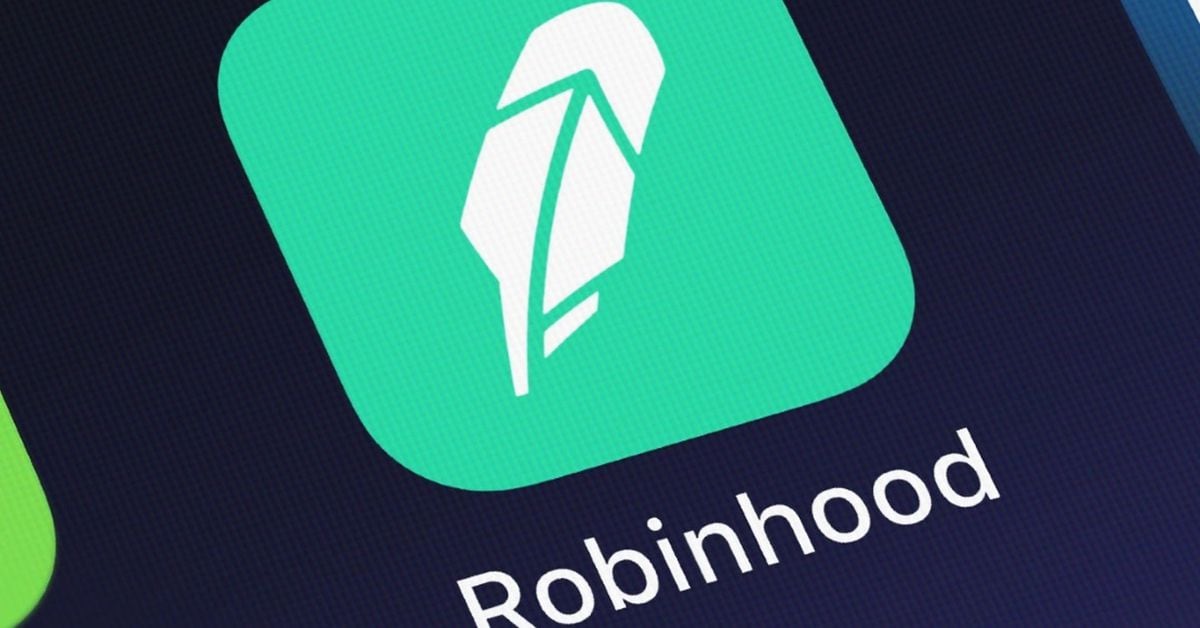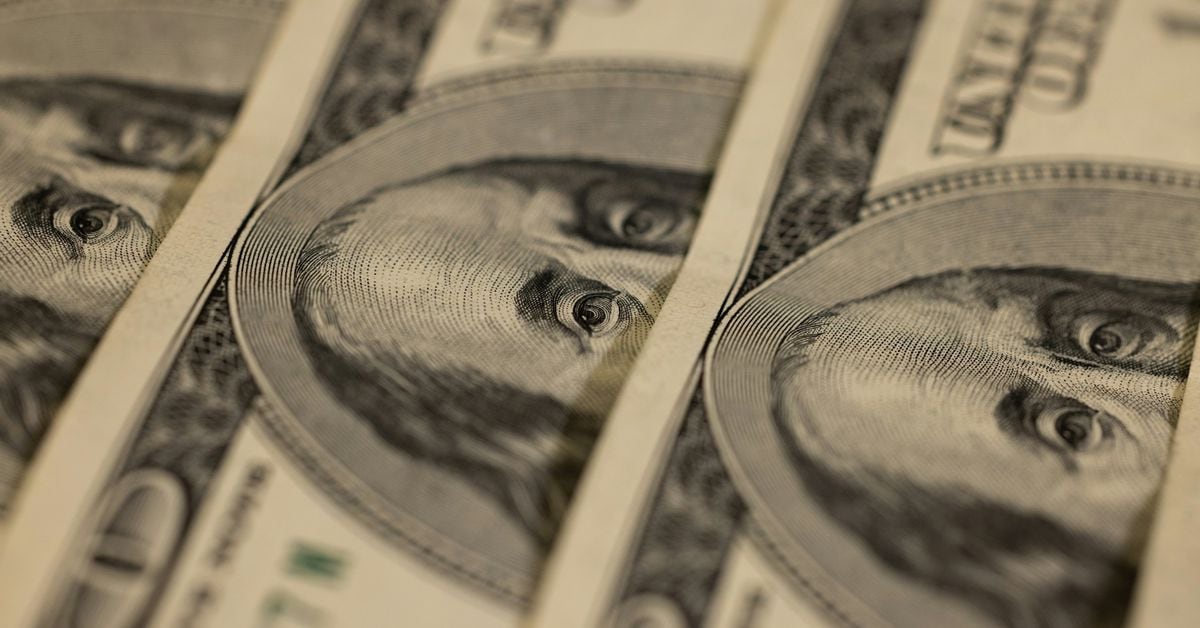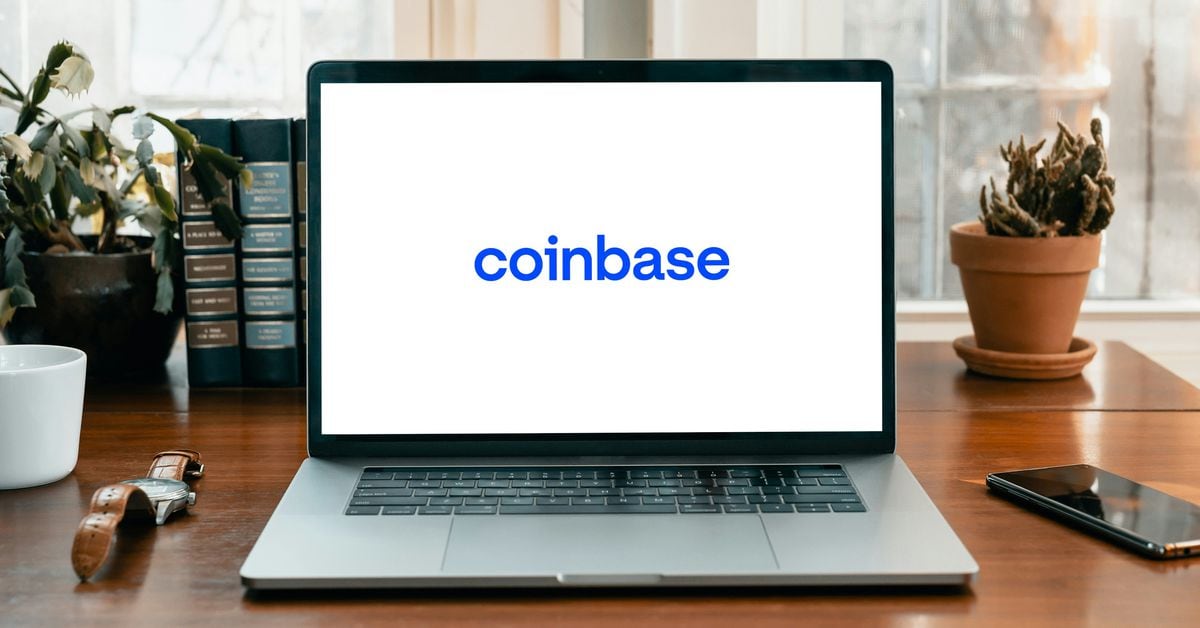Popular platforms like MakerDAO and Compound already offer decentralized borrowing and lending via DeFi, but dYdX is focusing on developing more complex trading capabilities on the Ethereum blockchain. The dYdX protocol, like previous DeFi technologies, is free to use and develop on, with users’ assets governed by smart contracts rather than individuals.
What is dYdX?
The governance token for the layer 2 protocol of the non-custodial decentralized cryptocurrency exchange DYDX (dYdX) is DYDX (dYdX). It facilitates layer 2 operation and allows traders, liquidity providers, and partners to participate in the community’s design of the protocol’s future.
Token holders are given the ability to recommend improvements to layer 2 of the dYdX, as well as the chance to profit from token staking and trading fee savings.
Layer 2 is used for trading cross-margined perpetuals on the platform and is based on Starkwire’s StarkEx scalability engine. The scaling approach enables dYdX to improve transaction speed, remove gas expenses, minimize trading fees, and lower the protocol’s minimum trade size.
dYdX is an open-source platform featuring smart contract capability for lending, borrowing, and trading crypto assets. Although dYdX allows spot trading, it is primarily focused on derivatives and leverage trading.
The exchange was launched in 2019 after being formed in 2017 with over $10 million in early venture capital investment. On September 9th, 2021, the DXDY token had its initial coin offering (ICO).
dYdX: roots and history
The creator and CEO of DYDX is Antonio Juliano, an accomplished programmer with expertise in blockchain technology. He initially became involved in the cryptocurrency field in 2015, when he accepted a position as a software developer at Coinbase, a cryptocurrency trading platform. Antonio Juliano, a computer science graduate of Princeton University, began his entrepreneurial adventure in early 2017 when he launched dYdX.
dYdX’s chief of operations is Zhuoxun Yin. Formerly, He worked at Nimble, a social sales and marketing CRM, as well as Bain & Company, a consulting firm. Zhuoxun Yin earned a bachelor’s degree in commerce from the University of Queensland.
How does dYdX work?
According to the company’s official website, the dYdX exchange has already made a name for itself in the crypto industry, with 64,000 unique traders, $11 billion in total volume across perpetuals and margins, and $250 billion in flash transactions via dYdX liquidity pools.
In addition, the platform partnered with StarkWare, which used StarkEx, a Layer 2 scalability engine aimed at improving non-custodial trading on dYdX. In basic terms, the effect will be similar to that of the planned Eth 2.0 upgrade, in that gas expenses will be eliminated, minimum trade sizes will be decreased, and trading fees will be cut.
The goal of dYdX is to offer secure trading services at minimal gas and charge expenses. To do this, the platform is now transitioning to Layer 2 with the support of StarkWare in order to expand its trade settlement capability.
The dYdX platform offers two types of staking pools: safety pool and liquidity pool.
The safety pool does exactly what it says; it provides a safety net for DYDX token holders. The safety pool ensures that DYDX users who have staked assets in the pool continue to get a share of the benefits in proportion to their staked tokens. Users must, however, wait 14 days before unstaking their tokens and submitting a request before the existing epoch ends.
The liquidity pool has two primary objectives: to generate liquidity network effects and entice professional market makers to engage in the platform. Stakers will get DYDX in proportion to their staked tokens in the liquidity pool, which can be unstaked after 14 days and during the continuing epoch period. Amber Group, Sixtant, Wintermute, and DAT Trading are the current market makers on the dYdX Layer 2 protocol.
Why choose dYdX?
dYdX is a cryptocurrency exchange that integrates decentralization with powerful financial features. Margin trading, a financial tool that allows investors to leverage their exposure to digital assets, is supported on the platform. The isolated margin on dYdX enables users to trade specific funds in their account, whereas cross-margin uses all of the assets a trader has on the platform. Perpetuals, a form of a futures contract with no fixed expiration date, are also available for trade on dYdX. On synthetic assets, the exchange now offers a maximum leverage of 25x with no expiration date.
Users of dYdX start earning interest as soon as they deposit cash into their account because their assets are instantly put into the worldwide lending pool for each cryptocurrency. The technology ensures that lenders are protected by ensuring that borrowers have sufficient collateral in their accounts at all times. Borrowing on dYdX allows users to rapidly buy any asset offered on the marketplace by utilizing assets they already have as collateral. In contrast to automated market makers like Uniswap, dYdX has an order book architecture.
Layer 2 of dYdX improves network scalability by employing zkSTARKS, a type of zero-knowledge rollup. While verifying a batch of transactions off-chain, the technology gets proof. These proofs are then transferred back to the blockchain, where a smart contract verifies them. zkSTARKS allows for the removal of costly calculations off the mainnet while maintaining decentralization.
dYdX provides retroactive mining bonuses in addition to trading and liquidity provider incentives, allowing the platform to demonstrate appreciation to past customers and motivate them to trade on the layer 2 protocol. Holders of dYdX tokens can invest them in the company’s safety and liquidity pools. The liquidity pool seeks to attract high-quality market makers, while the safety pool serves as a safety net for the platform in the event of a shortfall occurrence.







